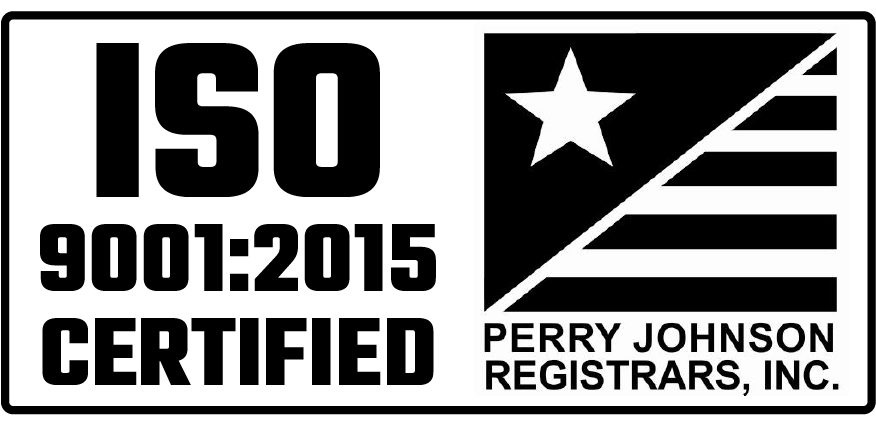Although the domestic manufacturing industry is at the mercy of a volatile global components market, the U.S. manufacturing sector has grown for more than 29 straight months, according to the Institute for Supply Management. Keeping up with that growth is challenging for the supply chain, but it’s just one part of the ever-evolving global market. Let’s first look at three major factors disrupting today’s supply chain. Then, we’ll examine how to navigate the effects they’re having on the global market.
Global Manufacturing Growth
The U.S. isn’t the only country experiencing manufacturing growth. Major Chinese companies are now not only manufacturing goods to ship abroad, but also building and marketing their own brands to Chinese consumers. Additionally, manufacturers in India, South Korea, the Philippines, South America and Africa are also growing.
All of this expansion is creating a gap in the number of open manufacturing jobs and the number of skilled workers available to fill them. In the U.S., part of that labor shortage is being caused by a wave of baby boomers retiring faster than the next generations can replace them.
This very competitive job market is forcing manufacturers to pay higher wages to keep production on track or make do with fewer people. Either way, the increased cost of finding skilled workers drives up prices and lead times.
Component Shortage
In 2018, the market exploded. Components manufacturers couldn’t keep up with demand, and the supply dwindled. While components are slowly being restocked, prices remain higher than they were before the shortage because the market continues to grow.
Since the supply isn’t always reliable, manufacturers may have to go to different suppliers and pay higher prices just to keep their production lines humming.
Tariffs and a Trade War
In the spring of 2018, the U.S. imposed tariffs on steel (up to 25%) and aluminum (up to 10%) from all countries except South Korea, Argentina, Australia and Brazil. Both metals are extremely important to domestic manufacturing. In 2017, the U.S. imported 34.6 million metric tons (most in the world), valued at $29 billion and also imported 4.8 million metric tons of primary aluminum, according to the U.S. Geological Survey (USGS). In response to these U.S. tariffs, many countries imposed their own tariffs on goods from the U.S.
This trade war forced many U.S.-based companies to weigh the options: continue importing and deal with tariffs, move any overseas operations back to the U.S. or find a domestic supplier. No matter what they did, their costs would increase. To mitigate that, many companies decided to pass the costs of tariffs on to their customers and/or consumers.
Additionally, since the trade war is ongoing, commodity vendors aren’t allowing customers to lock pricing in for extended periods of time. Many, fearing tariffs could change, are only guaranteeing pricing for 30 days in order to prevent further financial damage. This makes it difficult for manufacturers to purchase parts at consistent pricing and, in turn, manufacture and sell goods at a consistent cost.
Navigating the Effects
As the already-strained market continues to evolve, vendors and manufacturers are adapting their processes, balancing the higher cost of doing business and longer lead times with better practices. OEMs are minimizing the strain on resources, such as labor and supply chain expertise, by finding a contract manufacturing partner that has skilled labor ready to take on new projects.
On the supply chain side, look for outsource companies with an expert supply chain team that stays informed on market trends and keeps you well informed. When you work with a contract manufacturing partner to forecast your product needs, they can also set up stocking commitments with vendors to ensure consistently priced parts are ready when needed.
Considering the current market’s price uncertainty and longer-than-usual lead times, it’s better to be prepared to order early than try to expedite a project. A contract manufacturing partner can help you navigate the ever-changing component market and get you your goods on time.
Are you new to contract manufacturing? Click the button below to download our Beginner’s Guide to Contract Manufacturing today to learn more.





